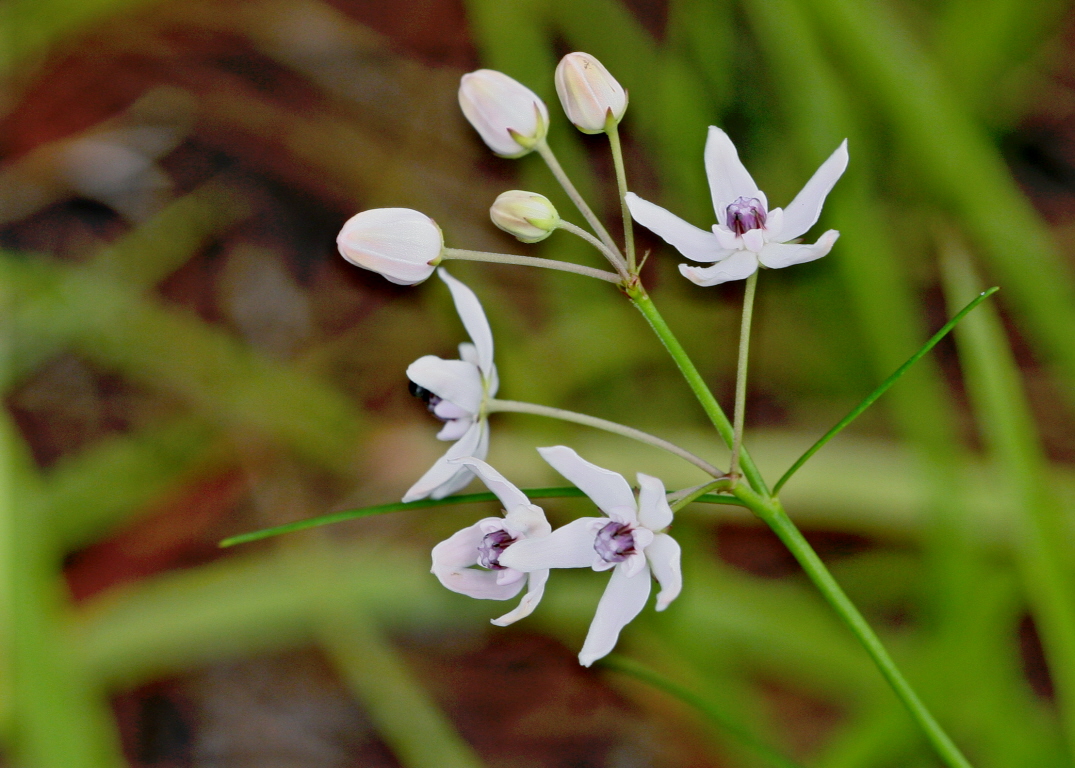Feay's milkweed
(Asclepias feayi)

Description
Asclepias feayi, commonly known as Feay's milkweed, is a plant species in the Apocynaceae family. This species is native to the southeastern United States, where it can be found in coastal dunes, pine rocklands, and other sandy habitats in Florida, Georgia, and Alabama. Description Asclepias feayi is a perennial herb that can grow up to 1.5 meters tall. The stems are hairy and grow in an upright position. The leaves are opposite, simple, and ovate to elliptical in shape, measuring 3-12 cm long and 1-6 cm wide. The leaves have a smooth upper surface and a hairy underside. The flowers are pink to lavender in color, with five reflexed petals that are fused at the base. The flowers are arranged in umbels at the end of the stems and appear from April to June. The fruits are narrow pods that measure 7-14 cm long and contain numerous seeds with a silky, white tuft. Habitat and Distribution Asclepias feayi is found in sandy habitats along the coasts of Florida, Georgia, and Alabama. This species prefers full sun and well-drained soils. It is commonly found in coastal dunes, pine rocklands, and other sandy habitats. It is also found in disturbed areas such as roadsides and utility rights-of-way. Ecological Importance Asclepias feayi is an important host plant for the monarch butterfly (Danaus plexippus) and the queen butterfly (Danaus gilippus). These butterflies lay their eggs on the leaves of the plant, and the caterpillars feed on the leaves. The toxic chemicals in the milkweed plant protect the caterpillars from predators, and the bright colors of the adult butterflies warn predators of their toxicity. Asclepias feayi is also an important nectar source for many pollinators, including bees, wasps, and butterflies. The flowers produce large amounts of nectar and are highly attractive to these insects. Conservation Status Asclepias feayi is listed as a threatened species by the United States Fish and Wildlife Service. The main threats to this species are habitat loss and degradation due to coastal development, invasive species, and other human activities. Conservation efforts are underway to protect and restore the habitats of this species. Propagation and Cultivation Asclepias feayi can be propagated by seed or by cuttings. Seeds can be collected from the pods in the fall and should be sown in the spring after stratification. Cuttings can be taken from the stems in the spring and rooted in a well-drained potting mix. Once established, Asclepias feayi requires little maintenance and can be grown in full sun in well-drained soils. Uses Asclepias feayi has no known medicinal or culinary uses. However, it is an important ornamental plant and is widely grown in gardens for its attractive flowers and foliage. Its value as a host plant for monarch and queen butterflies makes it a popular choice for butterfly gardens. Conclusion Asclepias feayi is an important plant species in the southeastern United States. Its role as a host plant for monarch and queen butterflies makes it a critical component of the ecosystem. Its attractive flowers and foliage make it a popular choice for gardens and landscapes. However, its threatened status highlights the need for conservation efforts to protect and restore its habitats.
Taxonomic tree:







